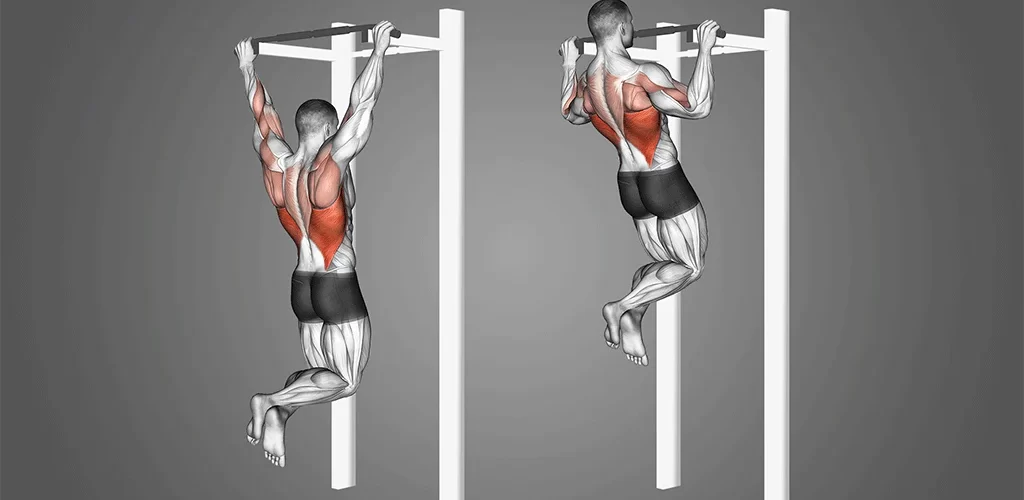What muscles do pull-ups work?

Pull-ups, a classic yet highly effective upper body exercise, are renowned for their ability to build strength and muscular endurance. This comprehensive guide delves into the specific muscle groups that pull-ups target, explaining how they contribute to overall fitness and strength development.
Primary Muscle Groups Engaged in Pull-Ups:
- Latissimus Dorsi (Lats):
- The latissimus dorsi muscles, or lats, are the primary muscles worked during pull-ups.
- Located in the back, these large muscles play a crucial role in shoulder adduction and extension, crucial for pulling movements.
- Biceps Brachii:
- The biceps, located in the front of the upper arm, are significantly engaged when performing pull-ups.
- They are responsible for flexing the elbow, which is a key component of the pull-up motion.
- Trapezius and Rhomboids:
- These muscles, located in the upper and middle back, stabilize the shoulder blades during the exercise.
- They work in conjunction to maintain proper posture and alignment, reducing the risk of injury.
Secondary Muscle Groups Activated:
- Forearm Muscles:
- The muscles in the forearms, including the flexor and extensor groups, are essential for grip strength.
- Their engagement is crucial for maintaining a firm grip on the pull-up bar.
- Core Muscles:
- The rectus abdominis, obliques, and lower back muscles provide stability during the exercise.
- A strong core is vital for executing pull-ups with proper form and avoiding lower back strain.
- Shoulder Muscles:
- The deltoids and rotator cuff muscles support shoulder joint movements.
- They play a supportive role in controlling the lifting and lowering phases of the pull-up.
Benefits of Pull-Ups for Muscle Development:
- Pull-ups are a compound exercise, meaning they work multiple muscle groups simultaneously.
- They promote functional strength, enhancing performance in sports and daily activities.
- Regular practice improves grip strength, which is beneficial for other weightlifting exercises.
Conclusion: Pull-ups are a cornerstone exercise in fitness routines, targeting a wide range of muscles, particularly in the upper body. Their inclusion in workout regimens can lead to significant improvements in strength, muscular endurance, and overall physical fitness. By understanding the muscles involved, fitness enthusiasts can maximize the effectiveness of their training and achieve more balanced muscle development.



